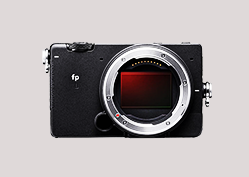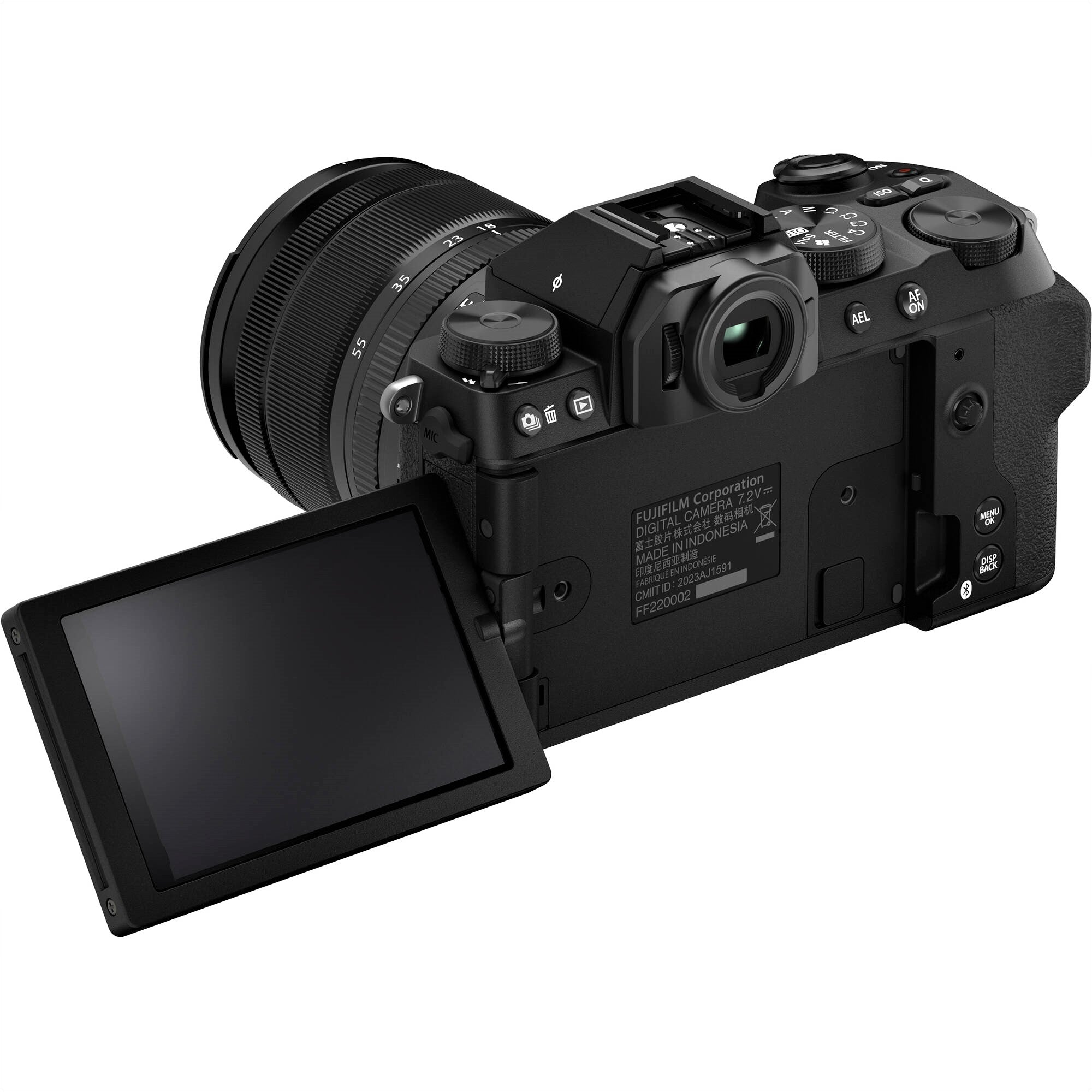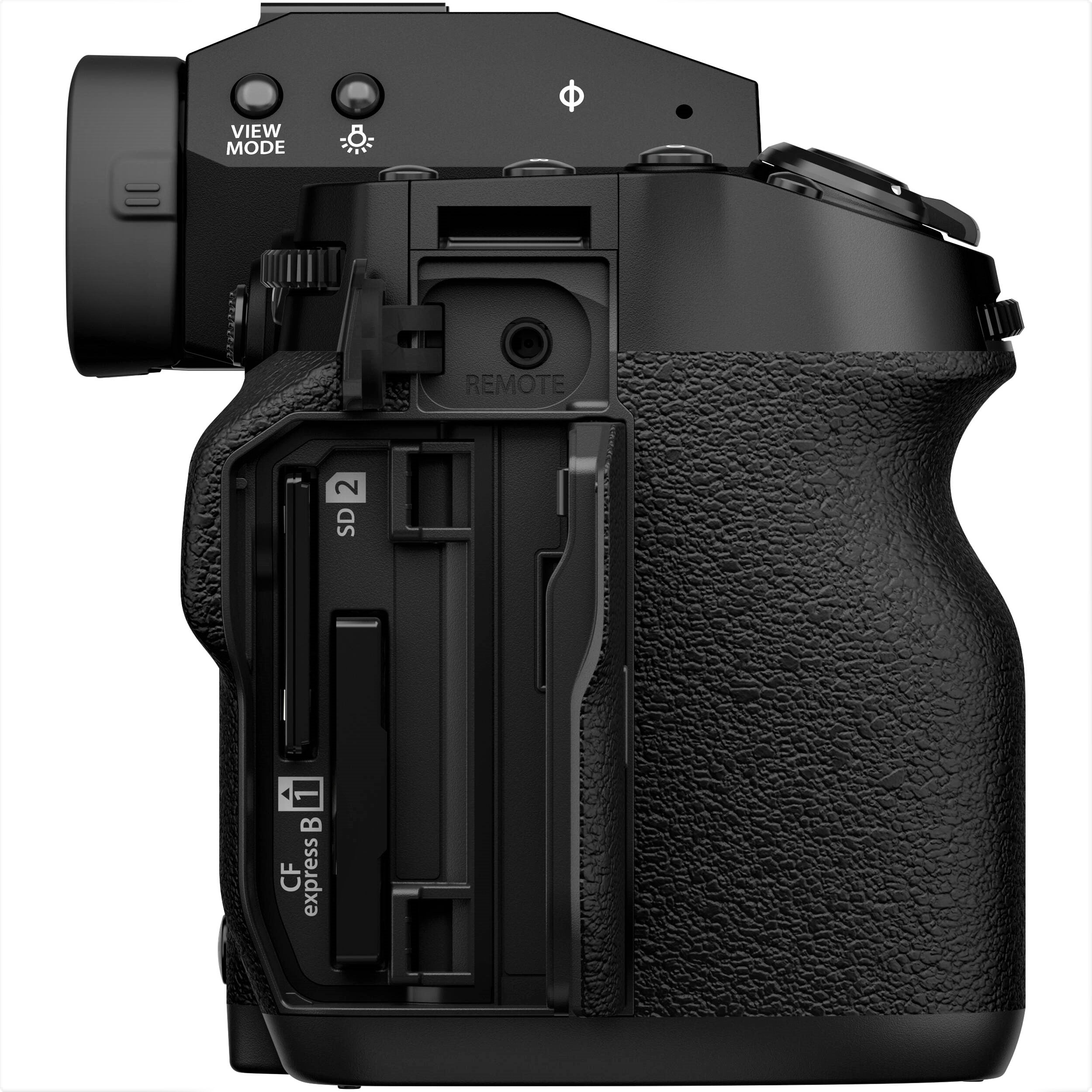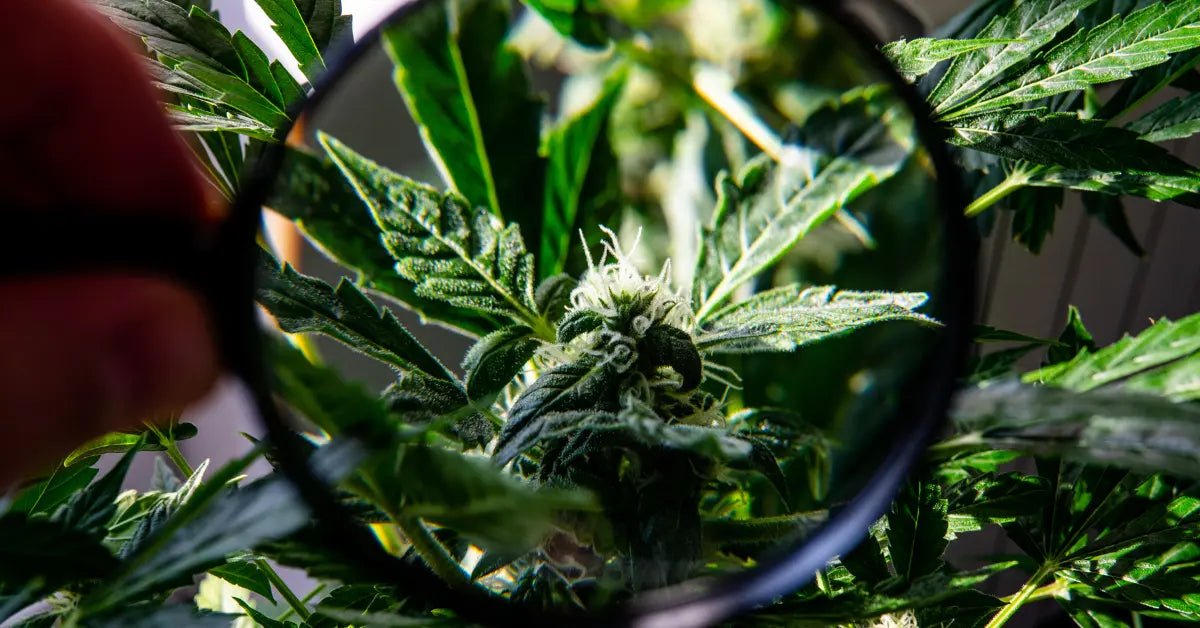In photography, small details often shape the outcome of a shot. One of those seemingly minor details is the camera lens hood. It might look like a simple accessory, but it plays a significant role.
This guide is here to explain why camera lens hoods matter. You’ll learn how they can improve your photos and when you should be using them.
The main job of a lens hood is to block out unwanted light. When light hits the lens from an angle, it can cause lens flare, which reduces contrast and clarity. A lens hood stops this, giving you sharper, more vibrant photos. Plus, it protects the lens from scratches, bumps, and the elements, helping to keep your gear safe.
Knowing when to use a lens hood can make a big difference in your photography. It helps you manage light better and protects your lens.
Whether you're a beginner or experienced, understanding the types and uses of lens hoods can help you take your photography to the next level.
What is a Camera Lens Hood?

A lens hood might look like a small, simple piece of equipment, but it plays a huge role in improving photo quality and keeping your lens safe. This accessory attaches to the front of your camera lens and serves two key purposes.
First, it blocks unwanted direct light that can mess with your photos. If you've ever noticed glare or lens flare, that's exactly what the hood helps prevent. These distractions can ruin the look of your shot by hiding important details or distorting colors.
The lens hood steps in to keep those things from happening, ensuring your photos stay sharp and true to life.
But there's more. A lens hood also acts as a shield for your lens, protecting it from dirt, sand, moisture, and even accidental knocks. This is especially helpful when you're shooting in unpredictable environments where things can get a bit chaotic.
Lens hoods come in different shapes to fit various lenses and shooting styles. A cylindrical hood is typically used with telephoto lenses since it fits the narrower angle of view. This type of hood makes sure light doesn’t sneak in from the sides. Meanwhile, a petal-shaped or tulip hood, with its distinct cut-out sections, works well for wide-angle lenses.
It blocks unwanted light while allowing a wider field of view, which is perfect for landscape or architectural photography.
To wrap it up, while a lens hood may seem like a minor addition, it's essential for boosting image quality and protecting your lens. Whether you're working indoors or out in the wild, adding a lens hood to your setup is a smart move that can make a real difference in the shots you take.
The Role of Lens Hoods in Photography

A lens hood isn't just an extra accessory; it's a must-have for photographers who want sharper, cleaner shots. Its main job? Block stray light that sneaks into your frame, causing flare—those annoying streaks that mess up details and dull your image. This rogue light, often from outside the shot, kills contrast, making your photos look flat and lifeless.
But there's more. A lens hood also protects your lens from accidental bumps and scrapes. Whether you're weaving through crowds, shooting in rugged terrain, or tossing your camera into a bag, the hood acts like a shield, keeping your lens free from scratches and smudges.
And don't forget the elements. A lens hood helps guard against rain, snow, and dust, all of which can mess with your lens over time.
By grabbing a simple lens hood, you're not just improving your photos today; you're also protecting your gear for the long haul, making sure every shot stays crisp and clean.
Different photography styles can benefit uniquely from the use of lens hoods:
- Landscape Photography: Capturing the grandeur of landscapes often involves dealing with a mix of shadows and bright areas. A lens hood helps maintain the depth and clarity of these scenes, especially during sunrise or sunset.
- Portrait Photography: In portrait photography, the emphasis is on capturing the subject's expressions and features. Lens hoods aid in avoiding unwanted light that can distract from the subject's face.
- Street Photography: The unpredictable nature of street photography means dealing with an array of lighting conditions. A lens hood allows for more consistent quality by mitigating unexpected light flares.
When to Use a Lens Hood?
Understanding when to use a lens hood is key to leveraging its benefits:
In Bright Outdoor Settings

Out in the sun, camera in hand? A lens hood isn’t just some random accessory. It’s essential. It protects your shots in ways you might not expect.
Think about glare. Bright sunlight can sneak into your frame from the sides. The result? Flares. Reflections. A weird, milky look that dulls your photo. A lens hood blocks that light. It shields your lens. The image stays clean. Crisp. No haze, just clarity.
There’s more. Color. Depth. A lens hood helps keep both intact. Light bouncing around can make your photo look flat. But when you block stray rays? You get bold colors. Deep tones. Blue skies that actually look blue. Green grass that stays green. Everything pops.
Contrast? That too. Without a hood, bright light can wash everything out. Ever taken a photo that felt flat, even though the lighting was “perfect”? That’s stray light stealing the show. A hood brings the contrast back. It gives your photo shape. Presence. Life.
Bottom line: use it. A lens hood is light. Cheap. Super helpful. It does the job quietly, but your photos will thank you. So will you.
During Backlit Photography

Shooting into the light can be tough. The sun blazes. The sky glows too much. Your subject? Often lost in shadow. Sometimes everything looks flat, bright, and lifeless.
But there’s help. The lens hood. Small. Simple. Super effective.
It blocks light from sneaking in from the sides. That means your subject stays sharp. Your image keeps its contrast. You don’t get those weird flares—those ghost shapes or pale streaks that ruin a good shot.
A lens hood isn’t just a block. It’s a tool. It shapes the way light moves into your frame. You can highlight what matters. You can hide what doesn’t. It’s control. Subtle, but powerful.
Whether you're catching golden hour or dealing with tricky light outdoors, a lens hood makes a big difference. It turns a lucky shot into a planned one. You go from guessing to knowing.
And the best part? It’s light. It’s easy. It works. Every time you want clean shots with depth and detail, reach for it. The lens hood doesn’t just help—it elevates.
While Shooting in Varied Lighting Conditions

Street photography is unpredictable. One second you're walking through shadows; the next, you're hit with harsh sunlight. It's fast. It’s messy. And that’s why you need a lens hood. This little tool, small and often forgotten, can make a big difference.
Its main job? Blocking light that doesn’t belong. Glare from car lights. Flash from shop windows. Random beams bouncing off metal signs. Without a lens hood, that light slips in at weird angles and wrecks your shot. Sometimes you won’t notice until later—until you’re editing and wondering why there’s a blurry streak right across someone’s face.
But wait, there’s more. A lens hood isn’t just about image quality—it’s protection. Real, physical protection. Bumped into someone? Lens hood takes the hit. Brushed a brick wall while backing up? Hood saves your glass. Crowded market, busy crosswalk, moving fast? That extra barrier matters.
And here’s another win: better color. More contrast. Cleaner edges. The hood cuts down stray light that can wash out your photos. Suddenly, those moody shadows look deeper. The colors pop. The scene feels real.
So, if you care about your shots—really care—don’t leave your lens hood at home. It’s not flashy. It doesn’t need to be. It works. It protects. It enhances. And in the rush of the street, where everything changes in a blink, that simple ring of plastic might just save the shot.
To Protect Your Lens

A lens hood isn’t just some extra thing. It matters. A lot. Think of it like armor for your lens—but smarter. It doesn’t just block light. It helps your shots look better. And it keeps your gear safe too.
Real life isn’t a clean studio. It's messy. Unpredictable. Crowded streets? Windy trails? Tight corners? That’s where a lens hood shines. Someone bumps into you—bam, the hood takes the hit. Light drizzle? It blocks the drops. Finger smudges? Not today.
Ever shoot straight into sunlight? That flare kills contrast. The hood cuts it down. Working outside and dust is flying? The hood helps keep your lens clear. It’s a quiet hero—always on guard.
And it’s light. Small. Easy to forget—until you don’t use it and regret it. It protects. It boosts your image. It does more than you think.
Beginner or pro, it has your back. Always.
Different Types of Camera Lens Hoods and Their Uses
Selecting the right lens hood is key to improving your images. Lens hoods cut down on flare, boost contrast, and shield your lens from damage.
They come in different shapes and sizes, each suited for certain lenses and situations. The most common types are cylindrical and petal-shaped hoods.
Cylindrical ones work best with telephoto lenses, as they block out stray light without interfering with the narrow field of view. Petal-shaped hoods, also called tulip or flower hoods, are for wide-angle lenses. Their unique shape helps block light more effectively, reducing glare while keeping the edges of the frame clear from vignetting, which is common with wide lenses.
The design of petal hoods maximizes their ability to block light without affecting the shot. They're great for landscape, architectural, and wide-frame photos. Cylindrical hoods, being simpler in design, are better for long-range photography, where the curvature of the field doesn’t matter as much.
When picking a lens hood, think about the focal length and the environment. If you’re shooting in bright light, like midday sun or near reflective surfaces such as water or glass, a lens hood will help reduce the light hitting your lens. Even indoors, they help by cutting down on glare from artificial lights, making your shots crisper.
In summary, lens hoods are a simple but important tool for photographers. Whether you’re shooting portraits, landscapes, or sports, using the right lens hood lets you take clearer, more vibrant photos with less interference from surrounding light.
When discussing camera lens hoods, it's important to note the different types available:
Cylindrical Lens Hoods

Cylindrical lens hoods are a key tool for photographers, especially when using telephoto lenses in tough lighting. They’re designed to stop vignetting—those dark edges that can mess up your shot—while keeping light under control. By blocking unwanted light from hitting the lens, they cut down on glare and boost image contrast, making your photos sharper and more colorful.
Plus, they offer some protection for your lens, guarding against bumps, scratches, or even a bit of rain. Whether you're photographing wildlife, sports, or far-off landscapes, a cylindrical lens hood is a simple way to improve both your shots and your lens' safety.
Petal-shaped (Tulip) Lens Hoods

Petal-shaped lens hoods, or tulip hoods, are commonly used with wide-angle lenses. They have a unique notched shape that blocks stray light while keeping a wide field of view. This helps reduce lens flare and glare without causing vignetting, which is key for wide-angle photos.
The petals are curved to fit the lens's wide horizontal and narrow vertical angles, making them useful for clear, sharp images. Whether you're shooting landscapes or architecture, this design is helpful.
Besides improving image quality, petal lens hoods protect your lens from bumps, dust, and minor impacts, offering an extra layer of safety for your gear.
A study of professional photographers found that using a lens hood reduces lens flare by up to 80% in bright outdoor conditions, significantly improving image contrast and color accuracy.
Lens Hood vs No Lens Hood: Do You Really Need One?
Let’s talk about something small but powerful—lens hoods. They don’t look like much. In fact, they’re often ignored, left behind, or stashed in the camera bag. But they can make a real difference in your photos. Whether you’re chasing golden-hour light, snapping street scenes, or shooting under the harsh midday sun, a lens hood might be your unsung hero.
It’s not just about blocking light. It’s about protecting your lens, boosting image quality, and sometimes—just sometimes—getting that one perfect shot that would’ve been ruined by glare. Let’s break it down.
Why Use a Lens Hood?
- Stops Stray Light Cold: Lens flares. You know them. Those hazy streaks or bright blobs that sneak into your shots. They come from light hitting your lens at an angle. A lens hood helps stop that. It shades the front of your lens, cutting off the glare. Less haze. More contrast. Clearer focus.
- Richer Colors, Better Contrast: When light hits from the side, it messes with color. Blacks look gray. Colors feel flat. A lens hood blocks that sideways light. Your image keeps its punch—dark shadows, vivid tones, real depth. This really matters in landscapes and high-contrast scenes.
- It’s a Bumper for Your Lens: Not everything is about light. Sometimes, it's about accidents. A quick bump. A brush of the hand. A stray elbow. Your lens hood takes the hit, not your glass. It’s not armor—but it’s protection. Think of it as a shield for your gear.
- Helps Autofocus Work Better: Mixed lighting can confuse your camera. A lens hood cuts down the mess. Less flare means better contrast. And better contrast means quicker, sharper focus. This can make a difference, especially when light gets tricky—like night shots or shooting through windows.
When It’s Fine to Go Without One
- Studio or Indoor Shoots: Inside? Controlled lighting? No bright angles or harsh beams? You’re fine without the hood. Flare isn’t a problem here. Save yourself the space. Leave it off.
- You Need to Travel Light: Lens hoods add bulk. Some are big. If you’re tight on space—shooting on the go, packing light, using a small mirrorless—skipping the hood might help. You’ll lose some protection, sure. But sometimes, it’s worth it.
- You Want the Flare: Here’s the twist—flare isn’t always bad. Done right, it’s dreamy. Soft. Artistic. You’ve seen it in backlit portraits or hazy golden-hour shots. It tells a story. In those rare cases, ditching the hood can give your image a bit more soul.
Reversible and Petal-Shaped Hoods
Modern lens hoods are smart. Many flip around and store right on the lens. Super handy when space matters. And then there’s shape—petal hoods are made for wide-angle lenses, helping block light without blocking the corners of your shot. Longer lenses usually get round hoods. Simpler, but still effective. Know your gear, and you’ll get the most out of it.
Lens hoods might be small, but they do big work. They protect. They clean up your image. They give you contrast, depth, and a fighting chance against the sun. Sure, you can shoot without one—and sometimes you should. But most of the time? The answer’s easy. Yes. Use the hood.
Conclusion
When to use a lens hood is a question that underscores its importance in photography. By effectively utilizing a lens hood, you can protect your lens, control lighting conditions, and improve the overall quality of your images. It's a small accessory that makes a big difference.
So, the next time you're out with your camera, remember to consider whether a lens hood could enhance your shot. It's a simple step that can elevate your photography to new heights.
Now that you understand when and why to use a lens hood, it's time to put this knowledge into practice. Experiment with different types of lens hoods in various shooting scenarios and observe the improvements in your photography.
Share your experiences and thoughts with us, and let's continue to grow together in our photographic journey.
Visit Nuzira to learn more about camera lens hood!






